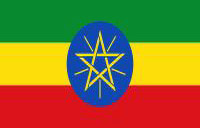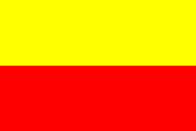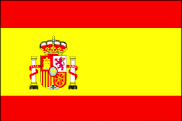
William Ramsay KCBE, FRS
The Nobel Prize in Chemistry 1904
Inorganic, Organic, Physical chemist. Outstanding experimentalist. Discovered inert gaseous elements in air, determined their place in periodic system. Discovered argon, helium, krypton, neon, xenon.
Molecular weights in liquid state. Stoichiometry, thermodynamics. Helium in radium emanations.
"Noblest exercise of mind within doors, and most befitting a person of quality, is study."
Images

Sir William Ramsay Author: Elliott & Fry. Wikimedia Commons.

William Ramsay working. Wikimedia Commons

Ramsay working in the snow. Source: UCL Special Collections.

Sir William Ramsay standing in his laboratory, c 1900. Science & Society Picture Library. © Science Museum / Science & Society Picture Library.
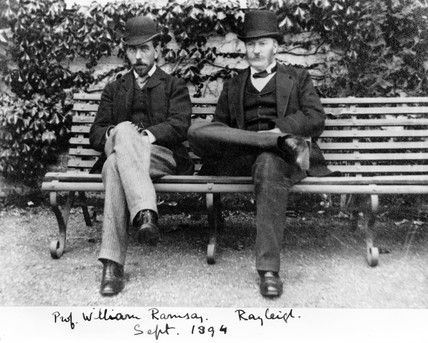
Sir William Ramsay and Lord Rayleigh, Collaborator & Physics Nobelist 1904, in 1894. Source: Science and Society Picture library prints. © Science Museum / Science & Society Picture Library.

The Chemistry Nobel Prize Certificate of William Ramsay. Source: Museums and Collections, University College London. Author: Sofia Gisberg (1854-1926). Wikimedia Commons.
Discover Your Abilities and Aspirations!
 $10 $25 $50 $100 Other
$10 $25 $50 $100 Other
Tax Exempt 501(c)3 Non-Profit Organization
Any Currency
“…the peace that is found in libraries and laboratories…” - Louis Pasteur
Copyright © 2023 Ganga Library Inc. All Rights reserved.;
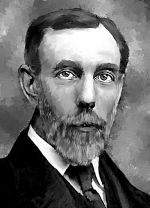
Photo Elliott & Fry. Wiki. Painting Tim Tompkins PaintHistory.com
Name: Sir William Ramsay
Birth: 2 October 1852, Glasgow, Scotland
Death: 23 July 1916, High Wycombe, United Kingdom
Residence: University College, London, United Kingdom
Award: "in recognition of his services in the discovery of the inert gaseous elements in air, and his determination of their place in the periodic system."
Portion of Cash: 1/1
Education: Doctoral degree, University of Tubingen, Germany
Doctoral Advisor: Rudolf Fittig
Thesis: Thesis on orthotoluic acid & its derivatives.
Images
Quotations
Hobbies/Interests



